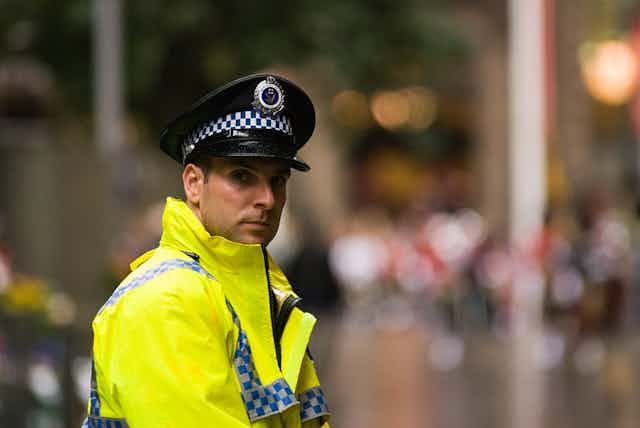Most of us value our privacy. But in Australia, despite recommendation after recommendation that we reform the law to protect citizens from serious invasions of privacy, there is often little protection for individuals, particularly when it comes to being watched.
The most significant common law protection of privacy for individuals only prohibits disclosure of private information. The problem with this is that when it comes to surveillance, the harm suffered often occurs without information being passed on.
The damage is done when information about someone is collected or retained because it undermines our “informational self-determination”. This is the case for CCTV surveillance, web-tracking as well as direct police observation. So where does privacy law fit into the regulation of surveillance? Or more importantly, how is privacy relevant to those who seek to challenge the legality of surveillance they have been subjected to?
These issues are presently being examined in the Victorian Civil and Administrative Tribunal. A hearing commencing today will consider Victoria Police recording of protesters at a peaceful demonstration at the Hazelwood Power Station in October 2010. Lisa Caripis was one of the protesters filmed by police and the applicant in the matter. She argues that by refusing to destroy the footage taken at the protest, Victoria Police are breaching their obligations under the Information Privacy Act and the Victorian Charter of Human Rights and Responsibilities.

Human rights and privacy
The Information Privacy Act establishes guidelines and principles for how public authorities collect, retain and disclose “personal information”, defined as any information from which an individual can be identified (which arguably includes a person’s image). The retention principle states that reasonable steps should be taken to destroy or de-identify personal information if it is not needed for any purpose.
Prior to the hearing, police claimed they were required to retain the footage to assist in gathering evidence in relation to unlawful activity as well as responding to any allegations of improper police conduct. But after it became clear that such grounds were no longer relevant Victoria Police also argued they were required to retain the footage for 50 years under the Public Records Act.
Caripis is challenging the legality of her image being kept, arguing that Victoria Police’s obligations under the Information Protection Act (IPA) must be interpreted in accordance with the privacy right in the charter. Since its introduction in 2006, the Charter has provided Victorians with a “right to privacy”. The complexity is that personal information regulated by the IPA is not necessarily “private information”, which would be protected by the privacy right in the charter.
It is not clear whether footage taken of protesters at a voluntary public protest would be considered “private” such that the charter privacy right is engaged. But if it were, long-term retention of the footage could be deemed an unjustifiable interference with privacy.
Also significant is the relationship between the Information Privacy Act and the right of peaceful assembly and freedom of expression set out in the charter. Arguably unjustified and extensive retention of protester images will have a chilling effect on our ability to peacefully exercise of those rights which together effectively form a “right to protest”.
Public interest/private interest
This is a deeply unsettled area of law, however the cases so far, including those from Europe, have suggested that privacy is only an issue if the information is collected and/or retained in situations where individuals have a reasonable expectation of privacy. But the problem is it seems unlikely the reasonable expectation of privacy test offers any protection from surveillance when that information is collected in public. Privacy law may only help for surveillance of our private lives, but not when our public activities are being scrutinised.
The line between private and public is persistently eroding, and when that public information is amassed and linked together to form a profile it can be just as malevolent and personal as anything that occurs in “private”. This is particularly relevant for protesters and activists who are increasingly subjected to intelligence and law enforcement monitoring. And there have even been cases of law enforcement giving information about activists to private companies under controversial memoranda of understanding.
This is not to say that surveillance goes on unregulated. There is a swathe of laws dealing with surveillance devices, interceptions, warrants and different categories of data. But they are not necessarily “privacy” laws, and may be more aptly described as laws that regulate the collection, use and movement of data, than laws use “privacy” to protect us from surveillance.
Even the Information Privacy Act is better described as “data protection” legislation than “privacy” legislation. To that end, in Europe there is an emerging “right to data protection” that appears likely to offer some protection in the space where privacy is no longer relevant.
It seems surveillance and “privacy” are not necessarily two sides of the same coin. Even if the proposed privacy reforms eventuate, they will still rely on a reasonable expectation of privacy to stipulate an invasion. So perhaps its time to engage a broader language that no longer pedestals “privacy” as the antidote to surveillance.

